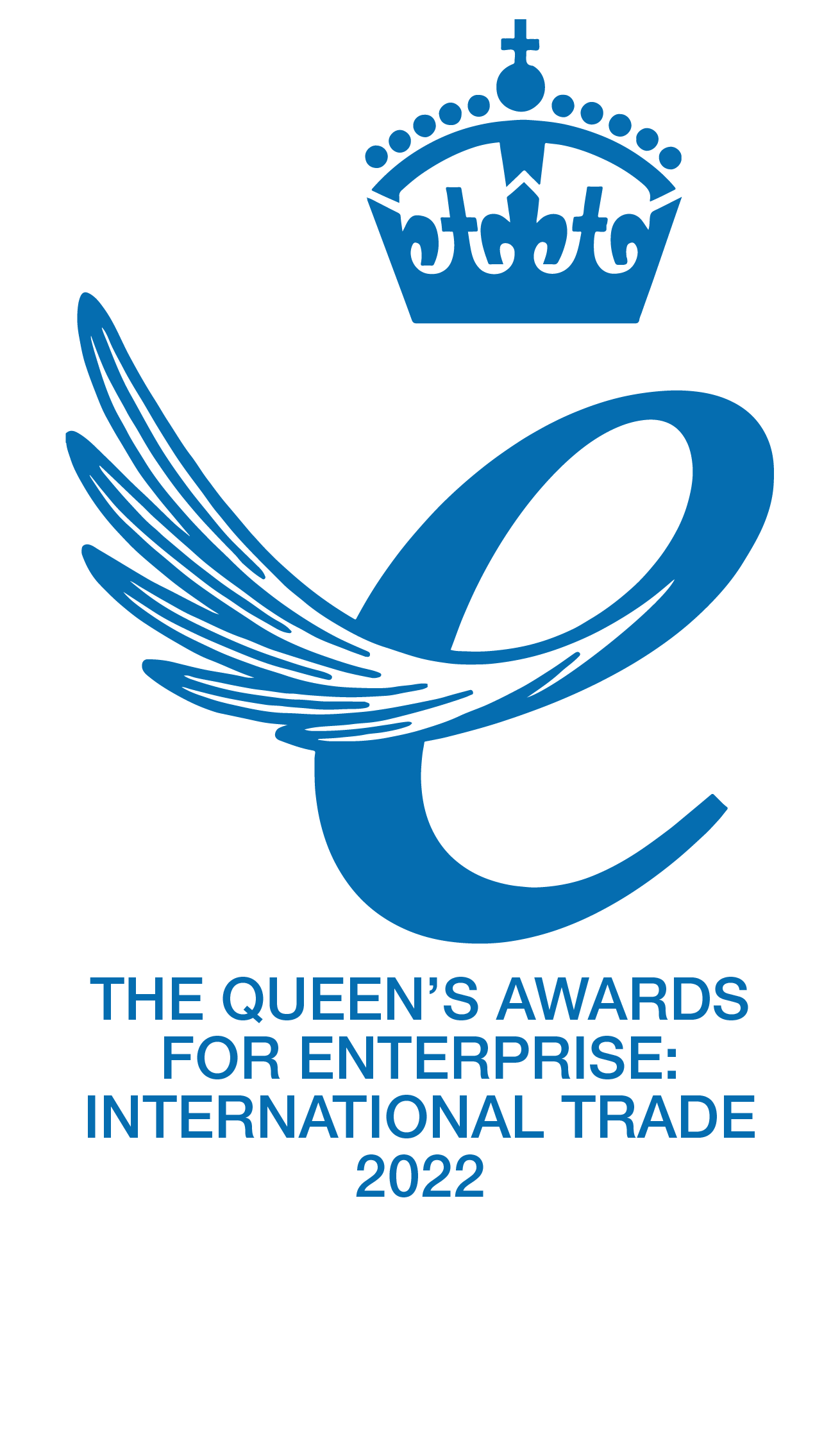Why is Hatch Cover Testing Important?
Hatch covers are essential to a ship’s cargo containment system. They are designed to protect the cargo from damage and prevent water from entering the ship’s holds. However, if the hatch covers are not properly maintained and tested, they can fail, resulting in severe consequences. In this article, we will discuss the importance of hatch cover testing and why it is crucial for the safety and efficiency of the vessel.
Designed to Keep the Cargo Dry
Hatch covers are designed to keep the cargo dry and prevent water ingress into the holds. They are also responsible for maintaining the structural integrity of the ship’s cargo holds. The hatch covers are typically made of steel or aluminium and are designed to withstand the weight of the shipment and the harsh marine environment. However, hatch covers are subject to wear and tear; over time, they may become damaged, corroded or misaligned.
Types of Hatch Covers
Several hatch covers include folding, pontoon, and lift-away hatch covers. Each type of hatch cover has its advantages and disadvantages. For example, folding hatch covers are relatively easy to operate but may provide a different level of protection than pontoon or lift-away hatch covers.
Maintenance is Critical
The importance of hatch cover testing is critical to shipping maintenance and safety. It is essential to ensure that the hatch covers are in good working condition and can withstand the stresses they are subjected to during normal ship operations. Hatch cover testing should be conducted regularly, and any issues should be identified and addressed promptly. Some of the reasons why hatch cover testing is essential to include the following:
- Safety: Hatch cover failures can lead to damaged cargo, loss of life, and vessel sinking. Proper testing can identify any potential issues before they become a safety hazard.
- Cargo protection: The cargo must be protected from water ingress and damage. Hatch cover testing can identify any leaks or gaps that could allow water to enter the holds and damage the cargo.
- Regulatory compliance: Ship owners must comply with various regulations and standards, such as the International Maritime Organization’s (IMO) International Safety Management (ISM) code. Hatch cover testing is often a requirement for compliance with these regulations.
- Cost savings: Regular hatch cover testing can help identify issues before they become more expensive to repair or replace. By addressing problems early, ship owners can save on repair costs and avoid costly cargo damage.
What are the Hatch Cover Testing Methods?
Hatch cover testing methods There are several methods for testing hatch covers, including:
- Ultrasonic testing: This method uses high-frequency sound waves to detect gaps or leaks in the hatch covers.
- Hose testing involves spraying water onto the hatch covers to identify leaks or gaps.
- Chalk testing: This method involves applying chalk to the hatch covers and then closing them. The chalk marks will indicate any gaps or leaks.
- Vacuum testing: This method uses a vacuum to test the hatch covers for leaks and gaps.
Is Hatch Cover Testing Important?
Hatch cover testing is a critical part of ship maintenance and safety. It ensures that the hatch covers are in good working condition and can protect the cargo from damage and water ingress. Regular testing can help identify issues early and prevent costly repairs and cargo damage. Ship owners should ensure that hatch cover testing is conducted regularly and that any problems are addressed promptly. By doing so, they can provide the safety and efficiency of their vessels.
For Hatch Cover Testing, Contact Coltraco Ultrasonics Today
Hatch cover testing is essential to maintaining a safe and efficient vessel. Not only does it help protect cargo from damage, but it prevents water damage that could lead to costly repairs or even a flood onboard the ship.
By conducting regular maintenance checks and performing a thorough test at least once a year, you can ensure that your hatch covers operate as intended and provide maximum protection. Any issues found during the inspection or testing should be promptly identified and repaired to minimise potential problems. For more information on maintaining and testing your hatch covers, contact Coltraco Ultrasonics today for competent advice and expert repairs.
Don’t jeopardise your vessel – make sure you undertake regular hatch cover inspections to know your ship is secure.







